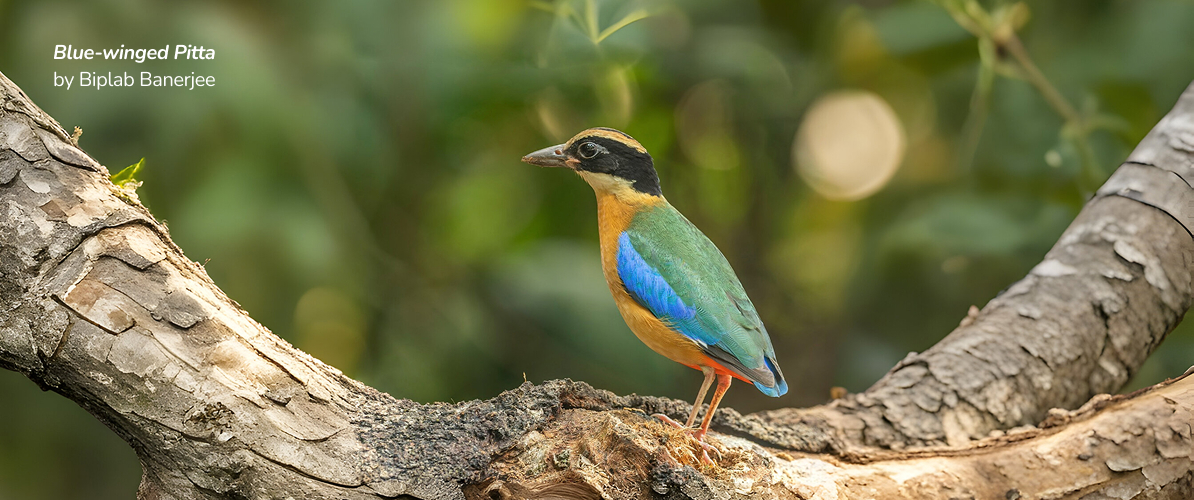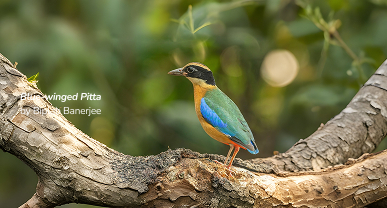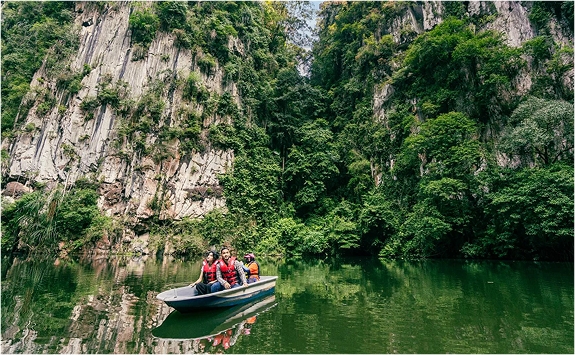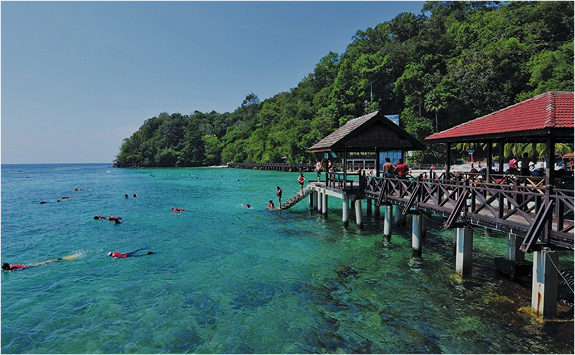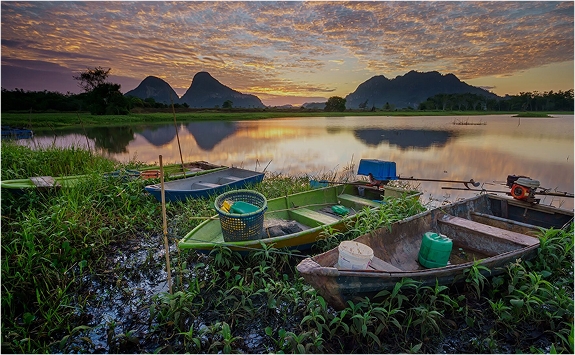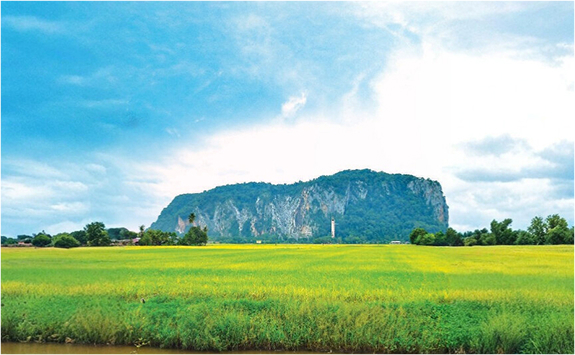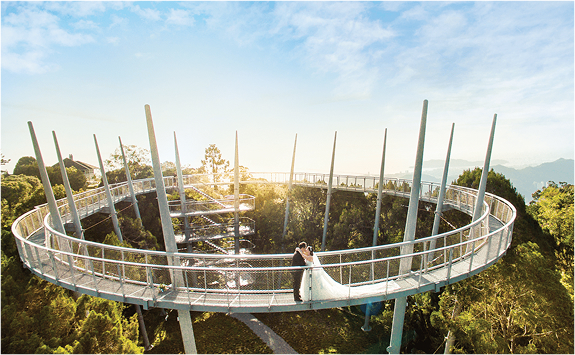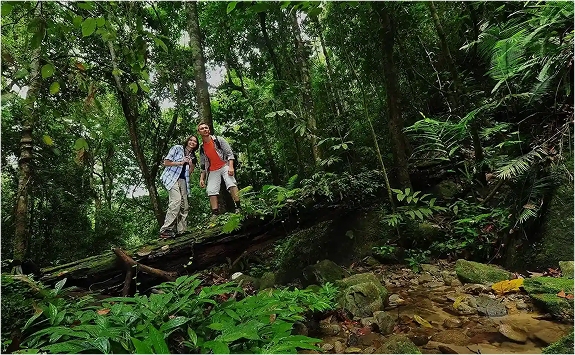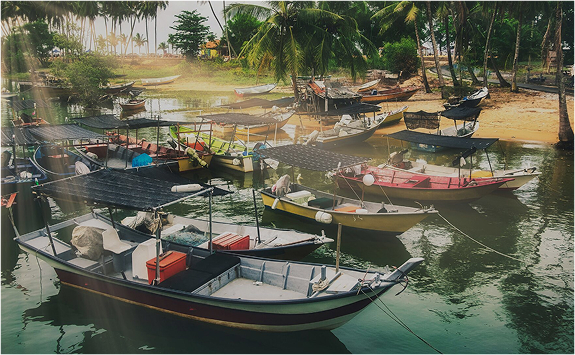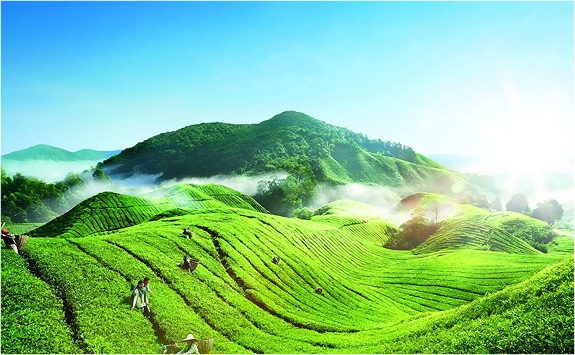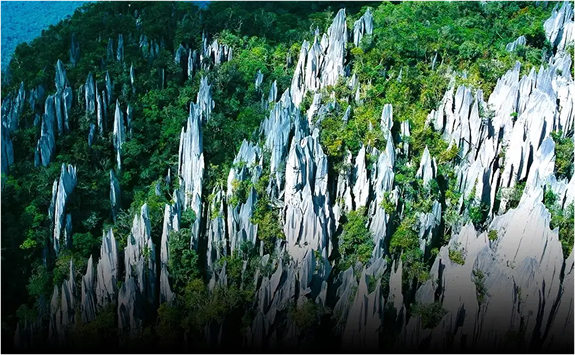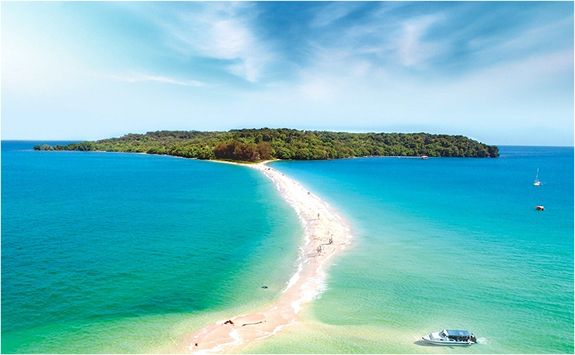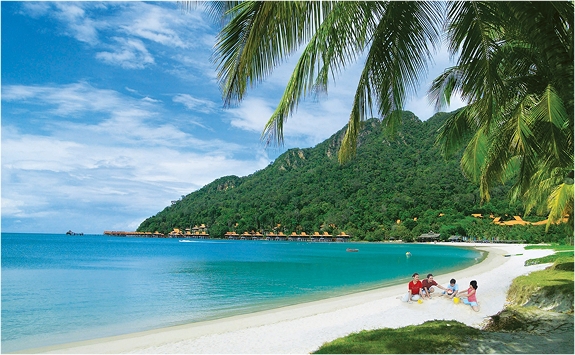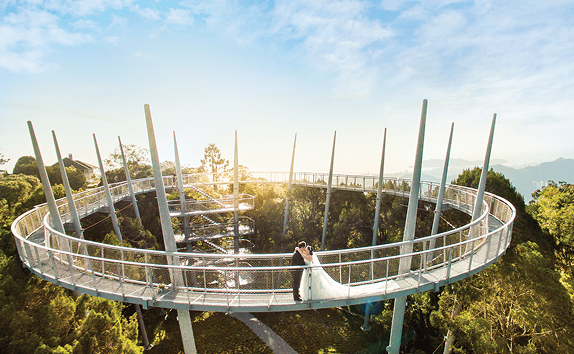PENANG
Penang
Penang, the second smallest state after Perlis at 1,048 square kilometres, covers 2 main area – Penang Island and Seberang Prai on the mainland of Peninsular Malaysia. The state is situated on the northwest coast of Peninsular Malaysia. The beautiful island of Penang, the “Pearl of the Orient”, lies approximately 112 kilometres south of Langkawi. Its name was derived by the humble betel nut palm, which was a common sight all over the island – giving rise to the name of Pulau Pinang (Betelnut Island).
Contact Info
- Department of Wildlife and National Parks – Penang
- ppinang@wildlife.gov.my
- Penang National Park
- tnpp@wildlife.gov.my
Although Penang has just 1 IBAs which is the Teluk Air Tawar-Kuala Muda area (MY03), birdwatchers were able to observe 455 species of birds at various birding sites throughout state in recent years. The total species including past records is 532.
The Penang International Airport is located at Bayan Lepas in the south end of the island.
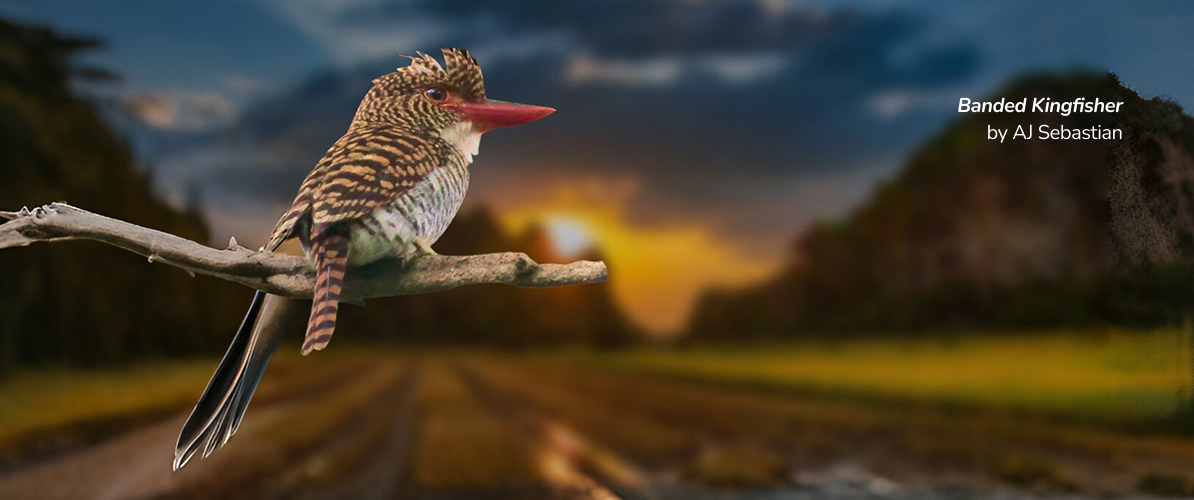

Teluk Air Tawar - Kuala Muda Coast
No. of species: 156
This area has been accorded an IBAs for Malaysia (MY03) by BirdLife International and is located at the northern district of Seberang Prai near Butterworth on mainland Penang. During the annual bird migratory period of October through March, the mudflats of this site is inundated with shorebirds and waterbirds in the thousands.
Over 156 species of birds have been recorded here. In addition to these, thousands of shorebirds visit the area annually. Species of shorebirds include the Brown-headed Gull, Great Egret, Black- tailed Godwit, Whimbrel, Eurasian Curlew, Terek Sandpiper, Ruddy Turnstone, Red-necked Stint, Great Knot, Curlew Sandpiper, Gull-billed Tern and White-winged Tern as well as the Javan Pond-heron and Chinese Pond-heron. Non-waterbirds such as the White Wagtail, Yellow Wagtail and Forest Wagtail have been spotted in this area. 2 globally threatened birds, the Lesser Adjutant and Nordmann’s Greenshank, have also been sighted as well. The near- threatened shorebird, Asian Dowitcher has been recorded from the mudflats area. The star record was the critically endangered Spoon-billed Sandpiper!
Access to this site however is not easy but with a local guide and favourable tide table and weather, this site is a must visit for those up north.
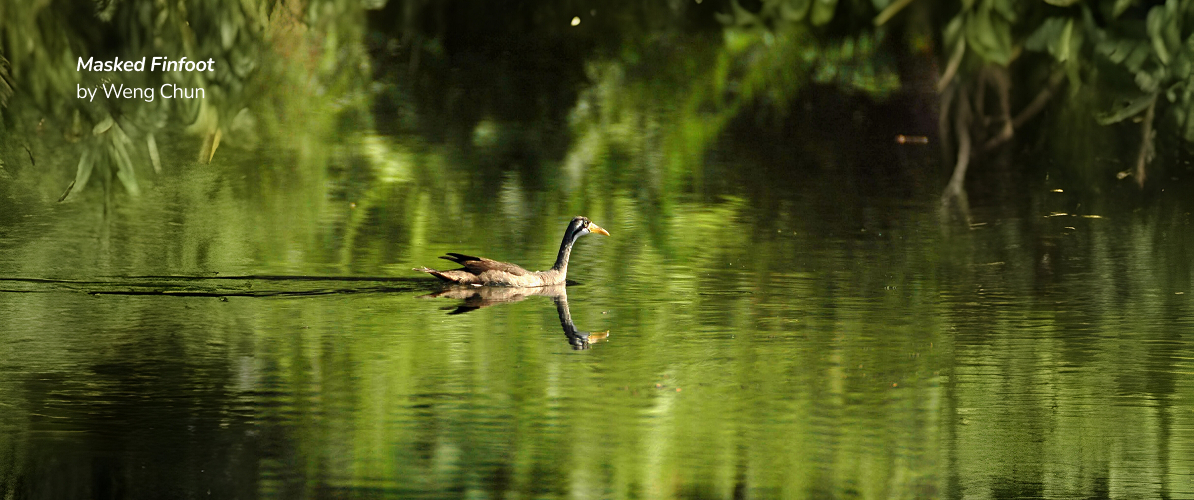
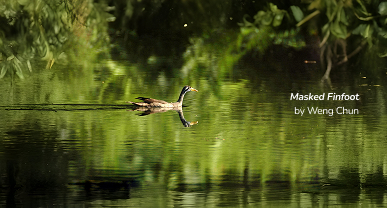
Penang National Park
No. of species: 190
Penang National Park (Taman Negara Pulau Pinang), established in 2003, is currently Malaysia’s (and quite possibly the world’s) smallest national park. Covering a total area of only 1,213 hectares, the Park’s ecosystem is amazingly diversed, with hills, sandy and rocky beaches, streams, mangroves, mudflats and coastal rainforestsrepresenting much of the natural habitats of Penang Island. The Park is located at the north-western corner of Penang Island, on what resembles the side profile of a face, hence the name Muka Head (“muka” literally means “face”). Here, you can watch a bizarre natural phenomenon: a meromictic lake. This lake is very unique in this part of the world as at certain times, it has two layers of salt water and fresh water distinctly separated from each other.
Birding along the trails can be just as exciting and avifaunal gems accounting to over 190 species, including the Crimson Sunbird, Blue-winged Pitta, Siberian Thrush have been reported. More species are recorded during the annual migration season. Trails are well done and suitable for young children as well and these include the Teluk Bahang jetty to Muka Head trail, the Tanjung Duyung to Bukit Batu Hitam trail and the Tanjung Kerachut trail which goes round the meromictic lake.
Air Hitam Dalam Recreational Forest
No. of species: 240
Located approximately 10 kilometres from Butterworth (mainland), Air Hitam Dalam Recreational Forest is a small freshwater swamp surrounded by paddy field and made easily accessible via an elevated concrete walkway. Birdwatchers and photographers have a chance to spend the day there which offers a list of about 240 species for the greater area.
Target species includes the Mangrove Blue- flycatcher, Mangrove Whistler, Mangrove Pitta, Ashy Tailorbird, Laced Woodpecker and the Cinereous Tit. Other specialties include the Sunda Pygmy Woodpecker, Chestnut- breasted Malkoha, Large-tailed Nightjar, Oriental Bay Owl.
Long-tailed Macaques and Dusky Langur are also common primates residing in this small forest. This is a small yet, a gem of a site to enjoy birds and the landscape.
